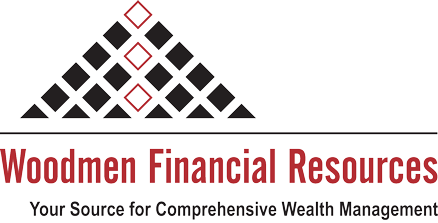The most important attribute of a cash reserve is its availability in time of sudden need. However, this does not necessarily require you to keep the entire sum in a low-interest savings account. There are several excellent alternatives, each with its own unique advantages. For those with a larger cash reserve, a multi-tier structure of sources based on timeliness of access is often desirable. Because income and personal circumstances are subject to change, periodic review of the cash reserve total and its structure is advisable.
Stash the cash: deciding where and in what form to keep a cash reserve
A federally insured savings account is considered one of the safest places to put money being reserved for emergencies, but when interest rates are in the basement, there may be better alternatives. Money market deposit accounts at a bank and various types of term deposits, such as certificates of deposit (CDs), typically offer higher interest rates with little, if any, increased risk. Term deposits are effectively a loan to the institution and not intended for withdrawal prior to the expiration or maturity date. Financial institutions generally assess a substantial penalty for early withdrawal. Laddering maturity dates provides a means of minimizing the impact of this disadvantage.
Money market mutual funds are another good choice. However, you need to understand that a money market mutual fund, whether from a bank or fund company, is not federally insured. With a money market fund, it’s possible to lose money, although most money market funds will go to great lengths to avoid “breaking the buck”–that is, allowing a share’s value to fall below $1, thus costing investors at least part of their principal. Be sure to obtain and read a fund’s prospectus (available from the fund) so you can carefully consider its investment objectives, risks, expenses, and fees before investing.
Caution: An investment in the fund is not insured or guaranteed by the Federal Deposit Insurance Corporation or any other government agency. Although the fund seeks to preserve the value of your investment at $1.00 per share, it is possible to lose money by investing in the fund.
Ladder maturities of term deposits for better accessibility and lower interest rate risk
Laddering refers to staggering the maturity dates of fixed-term investment vehicles (i.e., those that pledge to return your principal plus interest on a given date). Certificates of deposit (CDs) and U.S. Treasury securities (T bills) are examples of savings vehicles you might consider as a second tier of your cash reserve. If so, spreading the maturity dates of such vehicles over a short time period (e.g., two to five months) assures their availability to meet sudden financial needs that may extend beyond a few months. Laddering enables you to seek a higher level of interest while preserving some accessibility and flexibility to adjust to changing financial circumstances.
Build a multi-tier cash reserve when using term deposits or credit lines
If your cash reserve includes more than two or three months of living expenses, you can consider dividing it into two or three tiers. You then have the option of using a different form of savings or credit for each tier. This method allows you to consider savings vehicles that offer higher interest rates, although such money will not be available immediately without penalty. If you choose to include credit as part of a multi-tier account structure for your cash reserve, always use it as the final tier, because payback requirements and related interest charges make it the least desirable form of emergency protection.
Review and adjust your cash reserve annually to reflect your changing circumstances
If anything is certain, it is that the personal and financial circumstances of you, your family, and your loved ones are very likely to change within the span of a year or two. A new child comes along, an aging parent becomes more dependent, a larger home or new car brings increased expenses, or maturing offspring leave the nest. Because your cash reserve is your first line of protection in a financial crisis, it is important to review it annually. If the amount and structure of your reserve no longer matches current needs, you should make the appropriate adjustments. An overly large reserve can mean that opportunities for better returns are being overlooked. In contrast, an undersized reserve increases the risk for financial chaos and stress in a time of sudden need

